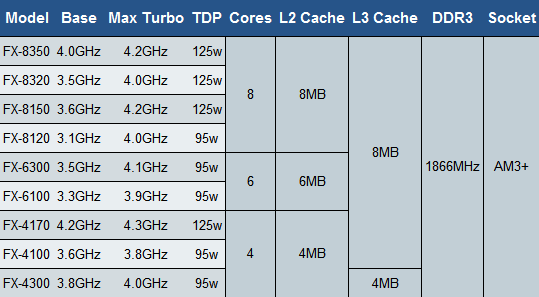

It is designed to test the performance of all types of systems, from tablets to desktops. PCMark 8 v2 is the latest version in Futuremark’s series of popular PC benchmarking tools. The good news is that the full-powered FX-8350 and the lower power FX-8350E score virtually identically AMD doesn't appear to be taking a performance hit for hitting that lower TDP target.

There's no clear reason why this is the case, though we suspect its because the chip is turboing to higher clocks, for longer stretches. In PCMark 7, the FX-8350 pulls ahead of both the FX-8370E and FX-8370. Below is what Futuremark says is incorporated in the base PCMark suite and the Entertainment, Creativity, and Productivity suites-the four modules we have benchmark scores for you here. It has updated application performance measurements targeted for a Windows environment and uses newer metrics to gauge relative performance. General Application and Multimedia Performanceįuturemark's PCMark 7 is a whole-system benchmarking suite. Auto-Updating and Windows Defender were then disabled and we installed all of our benchmarking software, performed a disk clean-up, cleared any prefetch and temp data, and ran the tests. When the Windows installation was complete, we fully updated the OS, and installed the drivers necessary for our components. The solid state drives in the test systems were then formatted, and Windows was installed. We then saved the settings, re-entered the BIOS and set the memory speed to each platform's highest, officially supported frequency-1866MHz in the case of AMD's newest FX series processors. Test System Configuration Notes: When configuring our test systems for this article, we first entered their respective system BIOSes and set each board to its "Optimized" or "High performance Defaults".


 0 kommentar(er)
0 kommentar(er)
